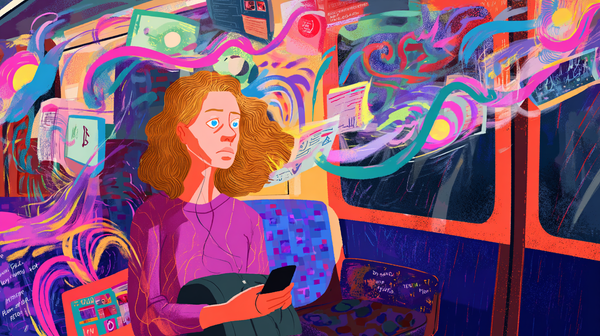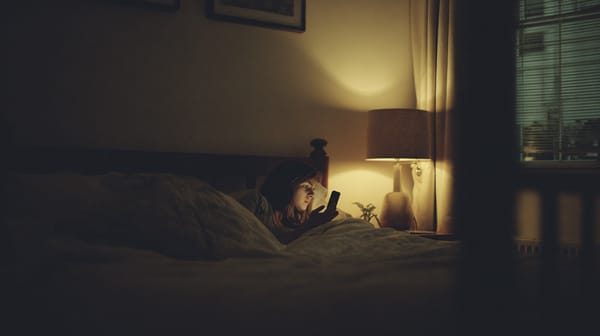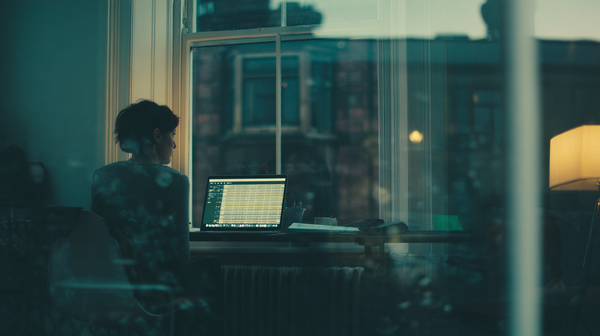Anxiety Threshold: Understanding Your Limits and Building Resilience 💪
Discover how to recognize your anxiety threshold, identify emotional triggers, and build resilience through mindset shifts, healthy habits, and self-awareness techniques. Learn practical exercises like journaling, mindful exposure, and breathing to raise your threshold and seek support when needed.

Anxiety isn't inherently negative. It's a natural response to stress, alerting us to potential dangers and motivating action. However, when anxiety becomes overwhelming, it can hinder our daily functioning. This tipping point is known as theanxiety threshold-the level at which anxiety impairs performance and well-being. Understanding and managing this threshold is crucial for mental health.
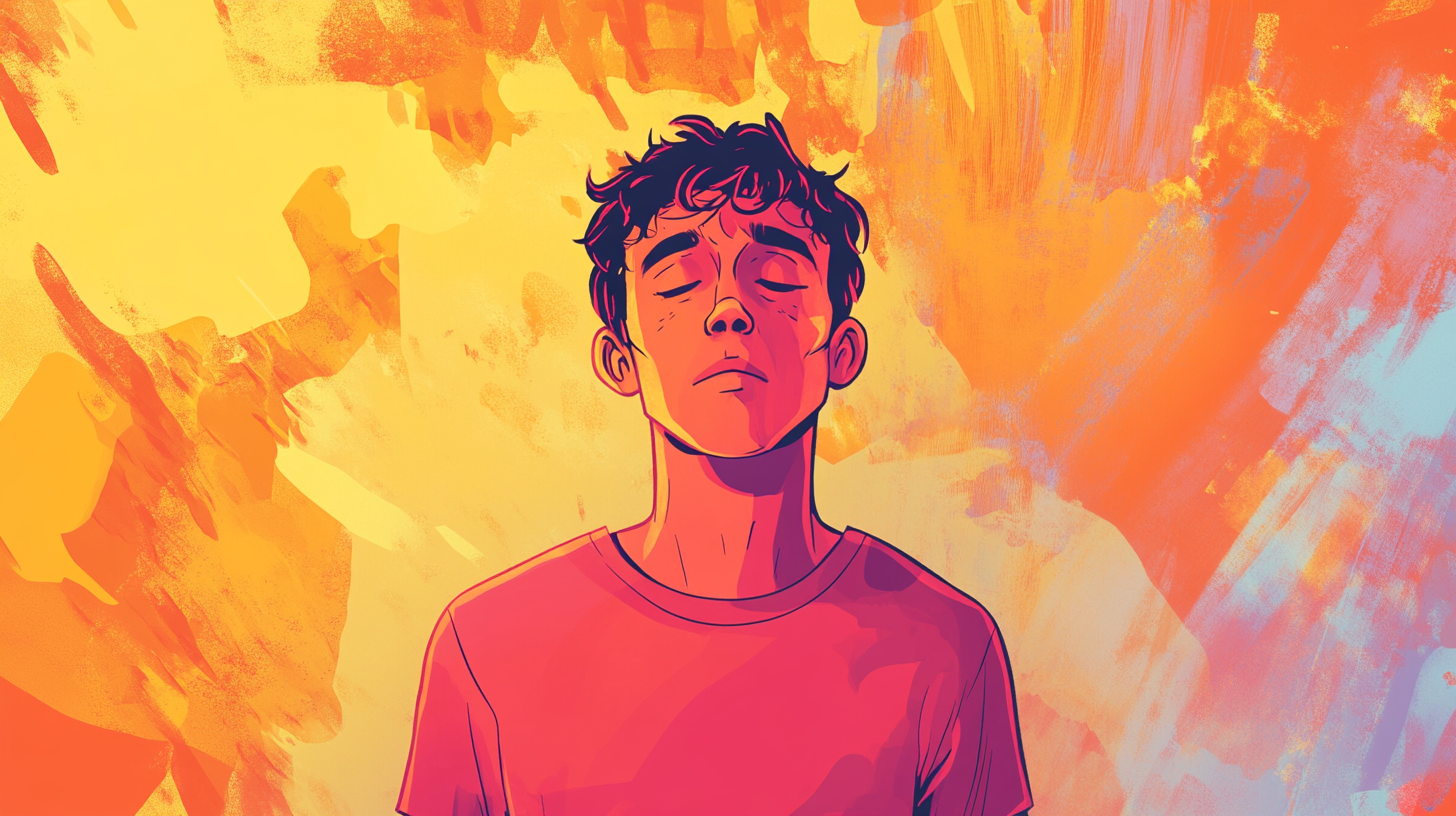
What Is an Anxiety Threshold? 📏
The term "anxiety threshold" refers to the point at which anxiety transitions from being a helpful alert system to a disruptive force. According to the APA Dictionary of Psychology, a threshold is "the minimum intensity of a stimulus that is necessary to evoke a response." In the context of anxiety, it's the level at which stressors trigger a significant emotional or physiological reaction.
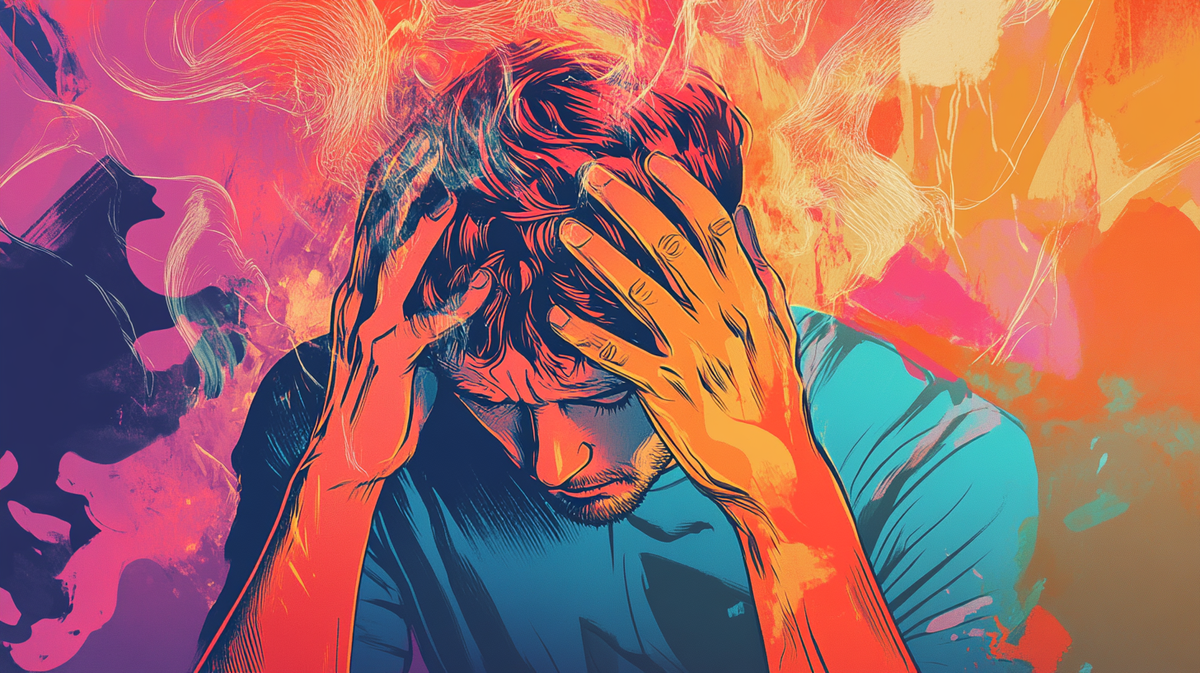
This threshold varies among individuals, influenced by factors like genetics, past experiences, and coping mechanisms. Recognizing your personal threshold allows for proactive strategies to manage anxiety before it becomes debilitating.
How to Recognize Your Tipping Point 💁♀️

Identifying when you're approaching your anxiety threshold involves self-awareness and attentiveness to physical and emotional cues. Common signs include:
- Physical symptoms: Increased heart rate, muscle tension, headaches, or gastrointestinal issues.
- Emotional indicators: Irritability, restlessness, or a sense of impending doom.
- Cognitive signs: Difficulty concentrating, racing thoughts, or constant worry.
Monitoring these symptoms can help you intervene early, employing coping strategies to prevent escalation.
What tools do people use to measure their anxiety threshold? 🔧
There are a number of tools practitioners use to help assess how anxious you may be. Below are among the most common ones.
With these forms, they are really designed to take a snapshot of where you are now. You might find if you take the multiple times over a short period they fluctuate sadly. While these aren’t precise tools, they can help give you a sense of where you are.
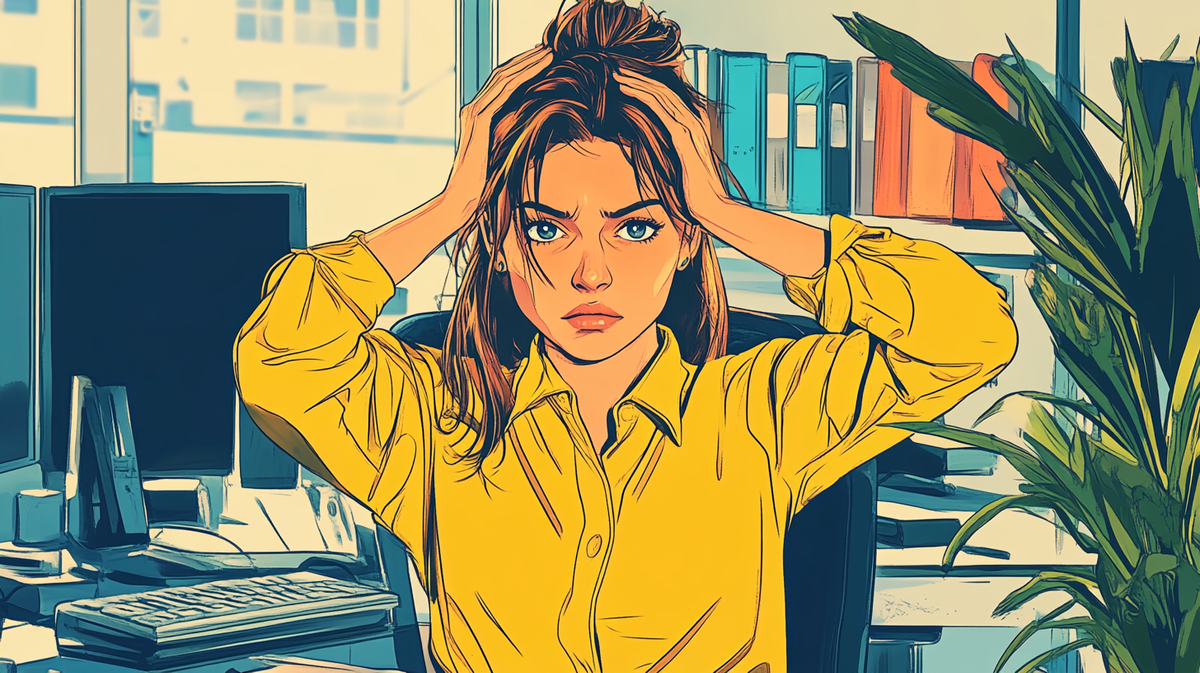
GAD-7 (Generalized Anxiety Disorder-7)
What it is: A 7-item self-report questionnaire developed by Spitzer et al. (2006) to screen for and measure the severity of generalised anxiety.
How it helps: It asks about key symptoms (e.g., nervousness, restlessness, worry) over the past two weeks and gives a score indicating the level of anxiety (mild, moderate, severe).
DASS-21 (Depression, Anxiety and Stress Scale)
What it is: A short-form version of the original 42-item scale, DASS-21 measures emotional states across three domains: depression, anxiety, and stress.
How it helps: It gives a broader picture of your emotional state, useful when anxiety is intertwined with low mood or chronic stress.
Perceived Stress Scale (PSS)
What it is: A well-validated 10-item measure that assesses the degree to which situations in your life feel unpredictable, uncontrollable, or overwhelming.
How it helps: While it doesn't assess anxiety specifically, it's excellent for spotting early signs of psychological overload.
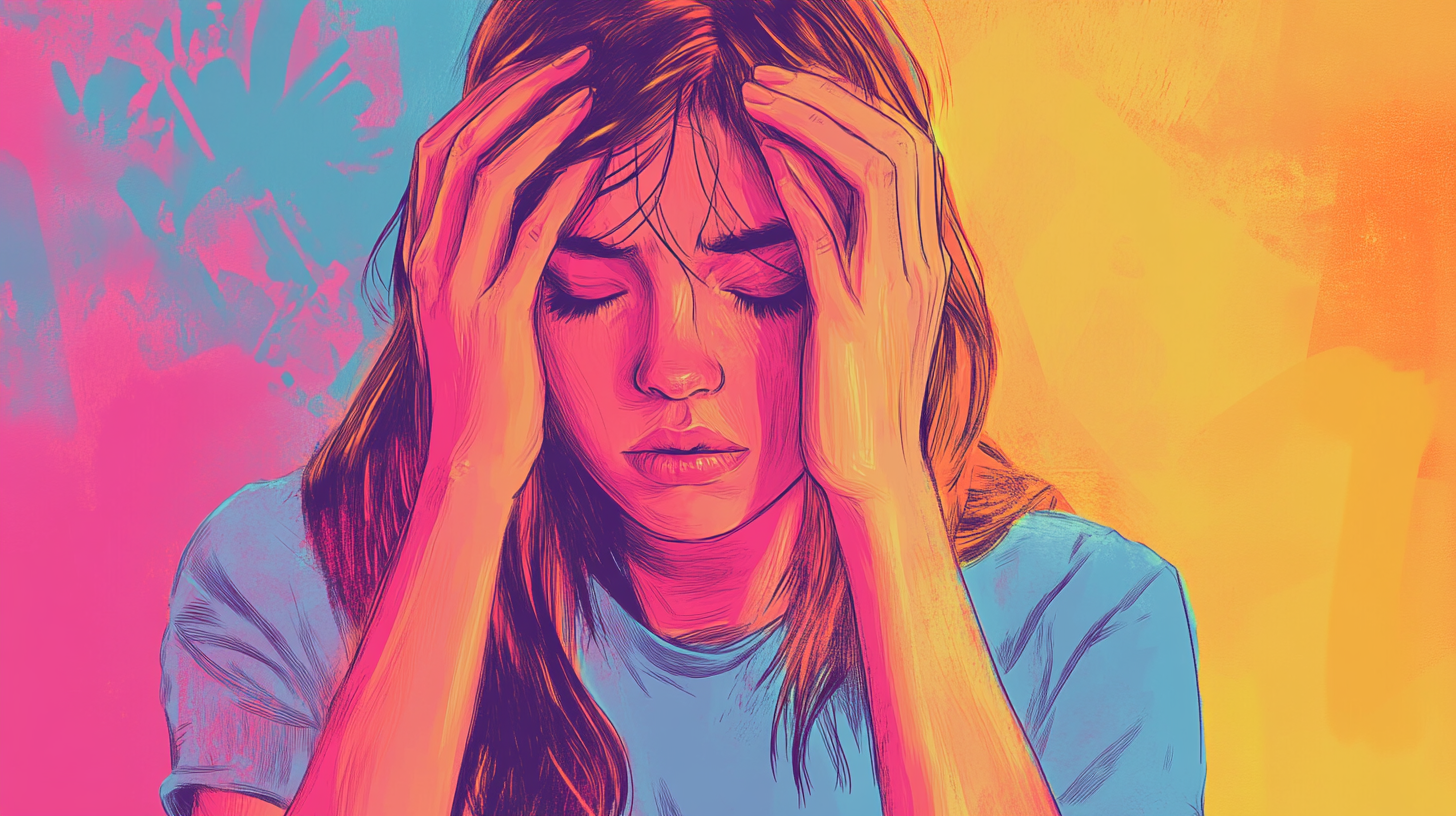
Self-Reflection Questions
While not a diagnostic tool per se, these can offer powerful insight:
- Am I avoiding people or tasks I used to manage easily?
- Do I feel constantly on edge or hypervigilant?
- Are my sleep, appetite, or focus affected?
- Do I feel physically unwell without a clear cause?
Pro Tip: Combine Tools with Conversation 🧠
If any of these tools suggest you're nearing your anxiety tipping point, that's a strong signal to check in with a therapist, GP, or mental health professional. These tools aren't diagnostic in isolation-but they're excellent starting points for deeper reflection or support.
If you’re hitting those high scores, reach out to me.
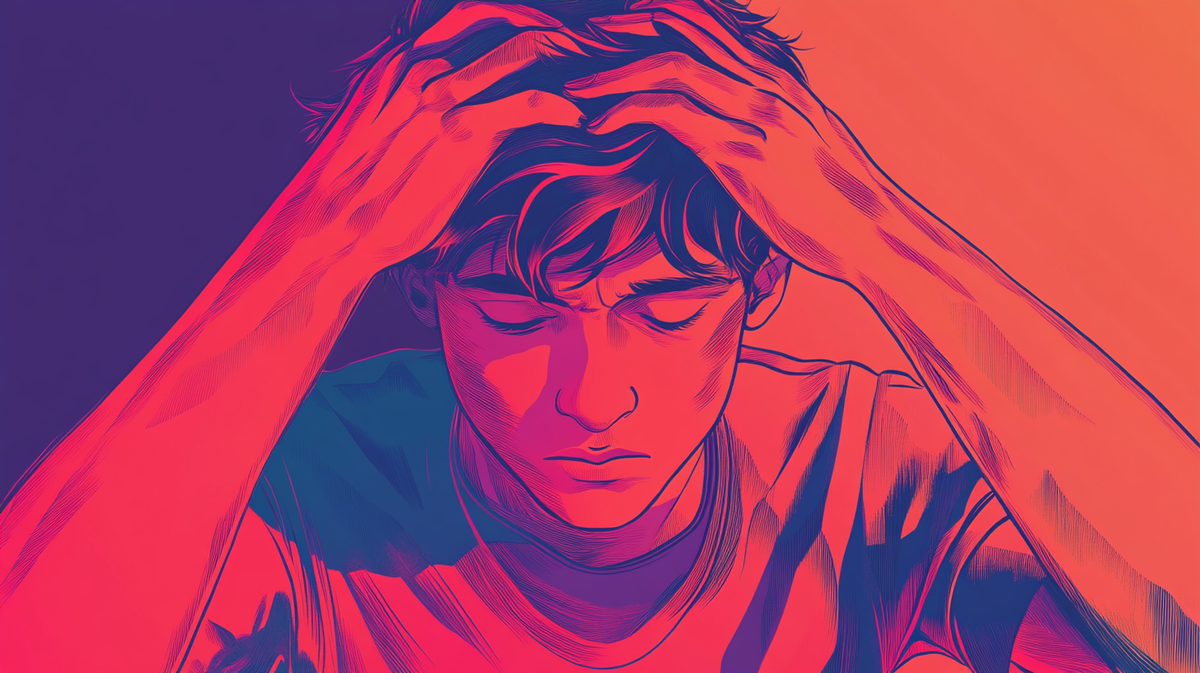
Identifying Triggers (Internal and External) 💣
Understanding what triggers your anxiety is essential for managing your threshold. Triggers can be:
- Internal: Negative self-talk, perfectionism, or unrealistic expectations.
- External: Stressful life events, work pressure, or interpersonal conflicts.
Recognizing these triggers allows for targeted interventions, such as cognitive restructuring for internal triggers or setting boundaries to manage external ones.
Building Resilience 🏋️♀️

Resilience isn't a fixed trait; it's a dynamic capacity that can be developed and strengthened through intentional practices. By adopting specific strategies, you can gradually raise your anxiety threshold, enabling you to handle stressors more effectively over time.

Before we dive into this section, it’s important to understand that while improving your resilience can help you cope with stressful situations, we must first recognise that if a situation IS stressful, we have to allow that to be so.
If you’re living in a world beyond your capacity, these techniques won’t remove them, but just increase your capacity to cope. If you’re finding life is too much, get in touch.
Mindset Shifts: Embracing a Growth Perspective 🧠
Adopting a growth mindset-the belief that abilities and coping mechanisms can be developed-has been linked to reduced anxiety and enhanced resilience. Research indicates that individuals with a growth mindset are better equipped to handle stress and recover from setbacks . By viewing challenges as opportunities for learning, you can foster a more adaptable and resilient approach to stress.
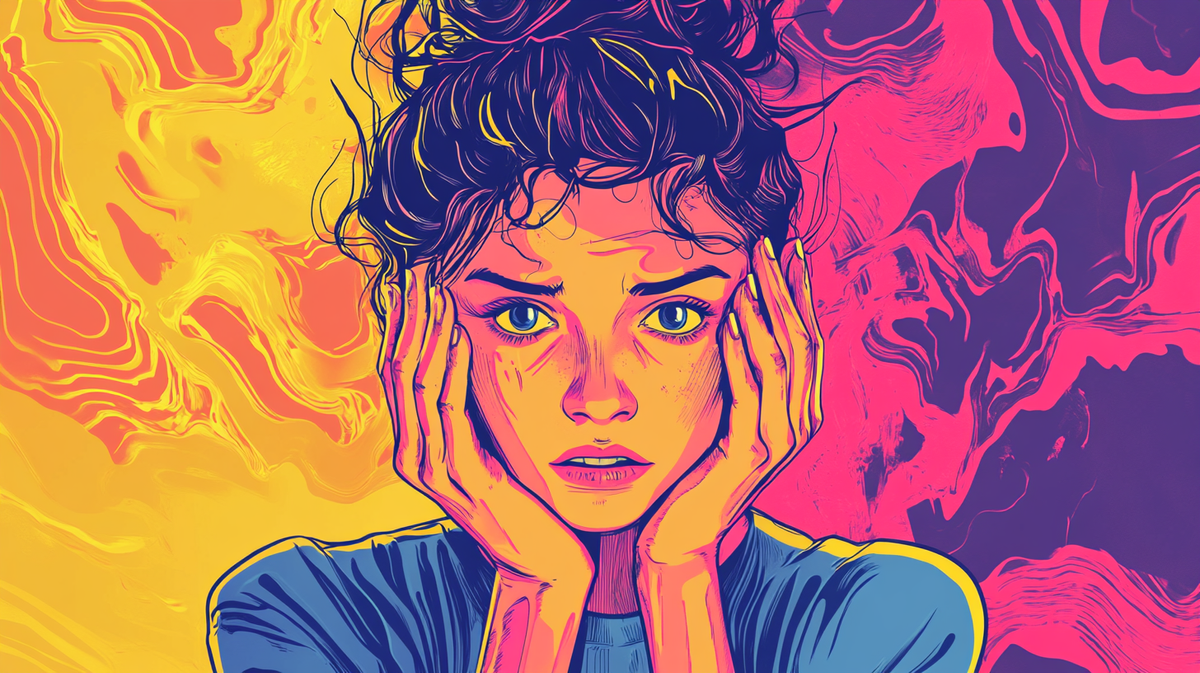
Healthy Habits: Establishing a Strong Foundation 🥕
Engaging in regular physical activity, maintaining a balanced diet, and ensuring adequate sleep are fundamental components of mental well-being. Studies have shown that these healthy habits contribute to improved mood and increased resilience ScienceDirect. Over time, these practices can elevate your capacity to manage anxiety and stress.
Self-Awareness Techniques: Enhancing Emotional Insight 🔮
Developing self-awareness through mindfulness practices, such as meditation and body scans, can help you recognize early signs of anxiety. Mindfulness-based interventions have been effective in reducing anxiety symptoms and improving emotional regulation. By regularly engaging in these practices, you can build a deeper understanding of your emotional responses and develop more effective coping strategies.
Exercises to Elevate Your Anxiety Threshold 🏃
In this section we turn to tried and tested ways of improving your ability to cope.
Journaling: Reflecting on Experiences 📝
Regular journaling allows you to process emotions and identify patterns in your thoughts and behaviors. Expressive writing has been associated with decreased stress and enhanced resilience. Over time, journaling can help you gain clarity and develop a more balanced perspective on stressful situations.
Mindful Exposure: Gradual Desensitization 💆♀️
Exposure therapy, which involves facing feared situations in a controlled and gradual manner, has been shown to reduce anxiety over time. By systematically confronting and processing these fears, you can diminish their impact and build confidence in your ability to handle challenging scenarios.
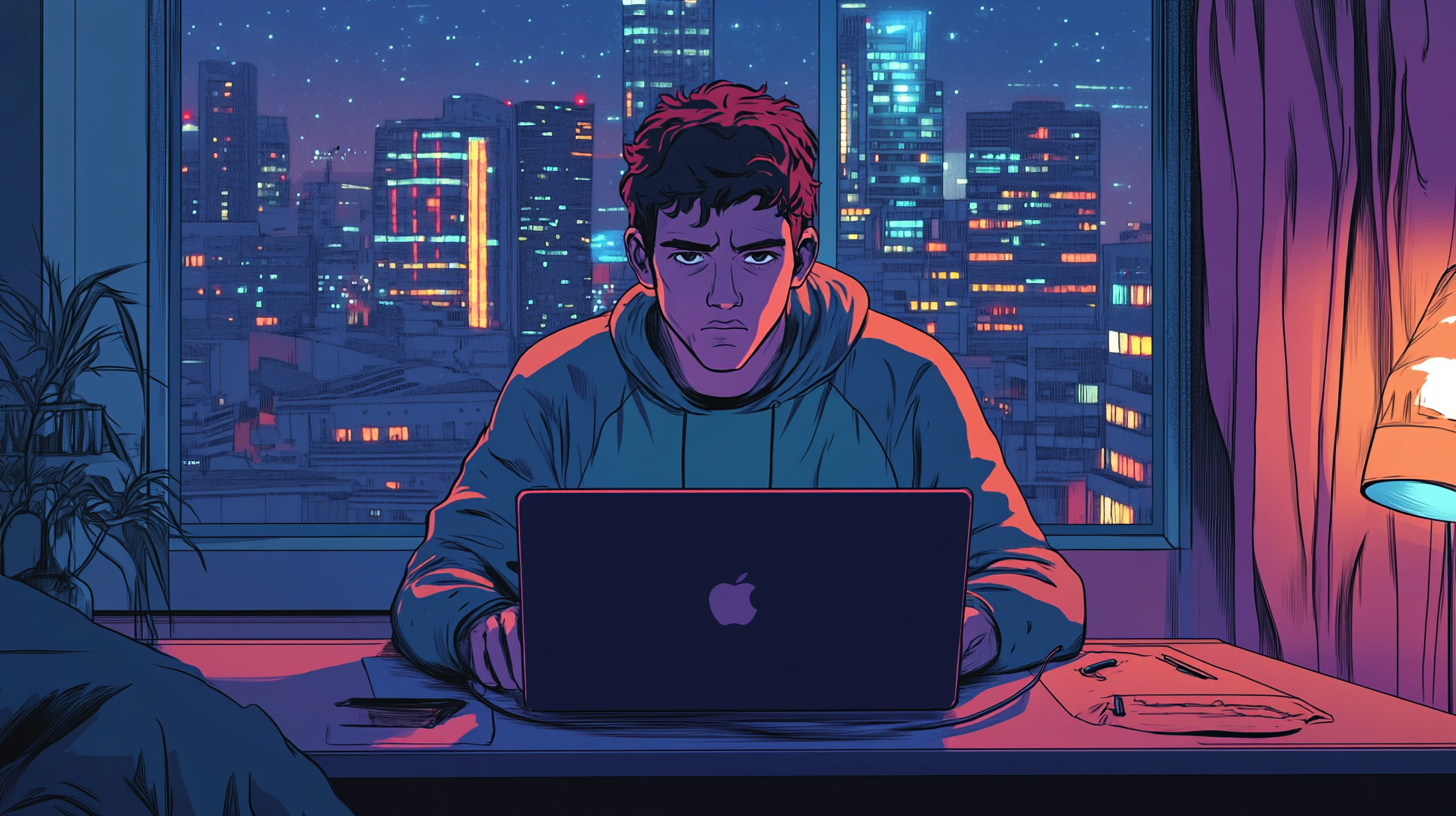
Breathing Techniques: Activating the Relaxation Response 💨
Practicing controlled breathing exercises, such as diaphragmatic breathing, can activate the parasympathetic nervous system, promoting relaxation and reducing anxiety. Incorporating these techniques into your daily routine can help lower your baseline anxiety levels and enhance your resilience to stress.
Want to learn the best in class breathing techniques? Sign up for my courses, and I’ll teach you.
When you need support (and how to ask) 🫶
There comes a moment-quiet, inconvenient, sometimes terrifying-when the things you've always done to cope just stop working.
Maybe you find yourself cancelling plans you were looking forward to. Maybe your mind races while your body pleads for rest. Or maybe it's subtler: a dull thrum of dread in your chest, or the way your hands tremble after yet another sleepless night.
This is your nervous system waving a white flag. It doesn't mean you're broken. It means you're human.

We don't talk enough about how hard it is to ask for help-how it feels like failure when you're used to holding it all together. But here's the truth: recognising that you're at your limit isn't weakness. It's self-awareness. It's wisdom. It's the first step toward reclaiming your sense of safety.
When your anxiety starts to interfere with the shape of your life-your work, your relationships, your rest-it may be time to reach out. To a GP. A therapist. A helpline. A friend. Even saying it out loud can loosen the knot in your chest: "I think I need some help with this."
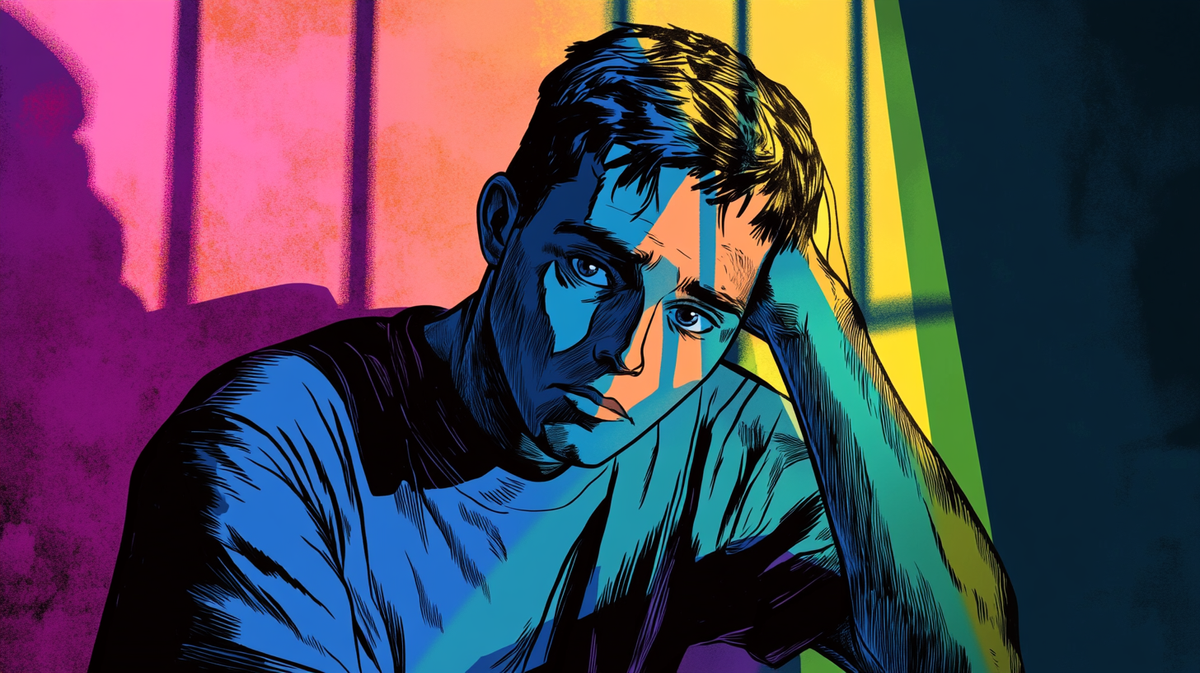
Support doesn't have to look like a breakthrough. Sometimes it's sitting with someone who doesn't flinch when you tell the truth. Sometimes it's learning your body's signals and giving yourself permission to pause.
The bravest thing you can do isn't pushing through-it's reaching out.
There are hands waiting to catch you. Not to fix you, but to hold the weight with you, for a while.
And that, too, is resilience.
Empowerment: How Growth Comes Through Challenge 😅

Facing and managing anxiety builds resilience. Each challenge overcome strengthens your capacity to handle future stressors. Embracing discomfort as a catalyst for growth transforms anxiety from a hindrance into a motivator for personal development.












